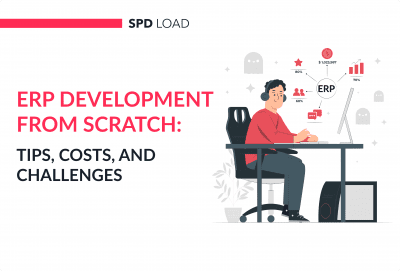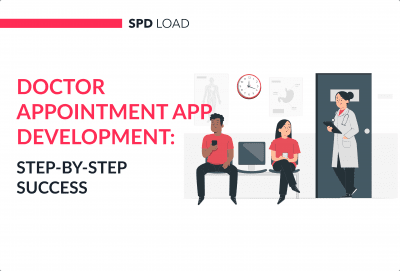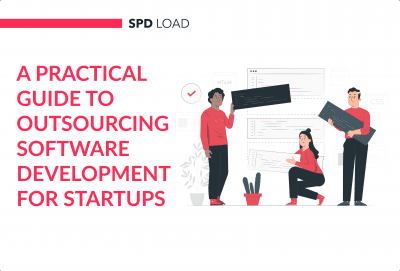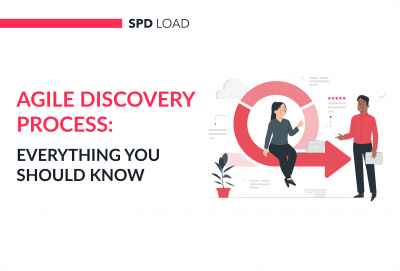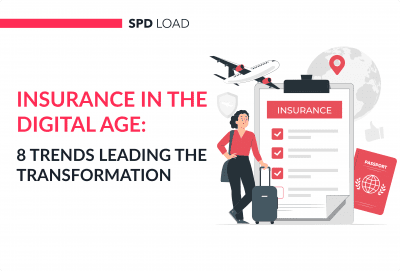How to Create Your Own Music App: A Step-by-Step Guide
- Updated: Nov 11, 2024
- 17 min
Music is more accessible than ever, thanks to mobile apps. Whether commuting, exercising, or relaxing, we can listen anytime, anywhere.
The days of radios, Walkmans, and even iPods now feel ancient. Streaming services reign supreme.
This raises an important question — how does one build the next hit music app?
Ambitious founders, entrepreneurs, and business owners hoping to capitalize on this booming market would do well to understand the development process.
Creating an app that stands out in a crowded field takes more than letting people listen to their favorite tunes.
You need a solid concept that improves upon what’s already out there. Of course, an experienced dev team by your side through every step couldn’t hurt either.
The potential profits only sweeten the deal. Consider Spotify, which boasts 144 million premium subscribers. People are willing to pay for music platforms that get it right. Their endless libraries keep listeners hooked for hours on end.
This guide breaks down key aspects of building a music streaming service:
- Why launch one in the first place
- Business model options
- Technical build and integrations
- Budgeting for app dev costs
Let’s dive in and cover the basics from idea to launch.
Unlock your startup potential now — start transforming your vision into a scalable solution with our expert developers today!
Why Launch a Music Streaming App
Statista claims that between 2020 and 2025, the music streaming application market will by a CAGR of 5.4% per year.
On the other hand, we can also consider the PR Newswire’s report claiming that the music streaming market will reach $76.9 billion by 2027.
Also, a Goldman Sachs report also cashes in on the disruption of the music streaming industry.
They find that by 2030, the probable revenue generation will be $130 billion.
This means that if you learn how to create a music app, you will be able to exploit this market share.
These are the monetary reasons to look for music application developers.
What are some other reasons that inspire you to understand how to make a music app?
1. Shifting Listener Preferences
When was the last time you went to a music concert without thinking twice?
Most probably before the pandemic.
The live concerts and events industry stands to lose $9 billion by the end of 2020.
But, the music streaming applications are lending a helping hand and giving the artists access to direct payments for their music via the application.
Spotify does the same by letting artists create a profile and raise money through it.
On the other hand, YouTube is running a Stay Home #Withme Campaign to let the artists stream music for their fans from home.
Similarly, we see Instagram Live videos and the Tidal program that helps recreate the concert-like experience for the artists and the fans.
All these innovations may be circumstantial, but they help deliver a better user experience.
This is one reason we want you to learn how to create a great music streaming app.
2. Various Monetization Models
The fact that the online music streaming industry is still developing presents a better reason to learn how to create a music app.
Besides the general business models to earn revenue from the application, you can deliver the services in an innovative method.
The key is provide a better user experience, clearest startup marketing, and give the audience a better way to engage.
Spotify takes a payment from the users to deliver ad-free access.
Apple Tunes allows downloading the music tracks at a fixed price.
Where Spotify’s access is conditional, Apple Music has a one-time cost.
So, the strategy to earn money depends on your operational model.
3. Focus on Local Markets
It is not necessary that you will find Spotify in every corner of the world.
At present, there are 92 countries where Spotify is running.
But the fact remains that no country can deliver services to every country and include every type of music in their list.
This gives you another reason to support the local music community and move ahead in their field.
So, money is not the only reason to understand how to make a musical app or look for music app developers.
As this is a growing and evolving industry, you will find many more ways to put your resources in the right structure.
After covering the reasons, let’s learn how to make an app for music. 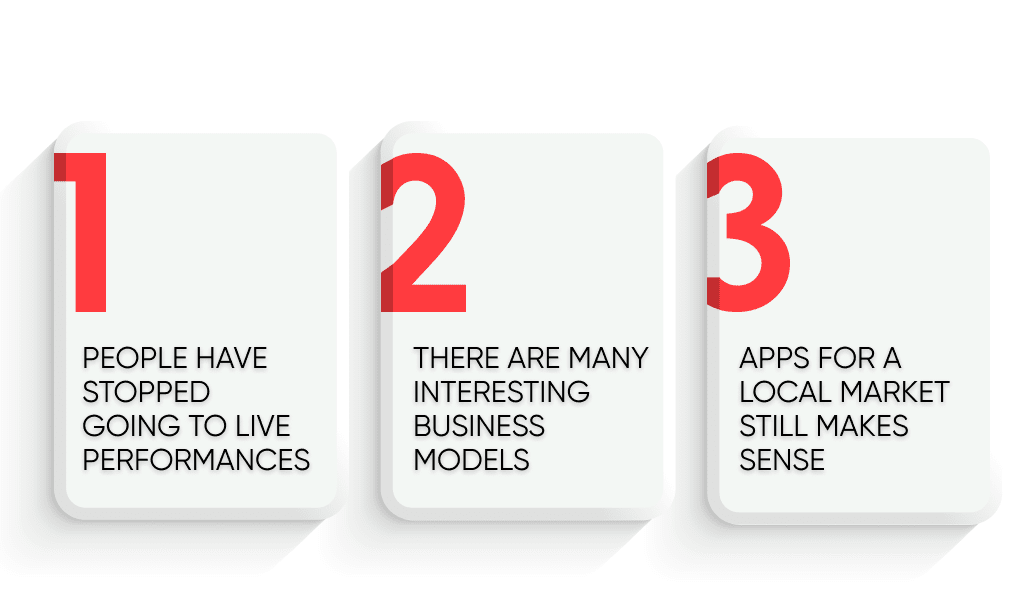
How to Build a Music App?
To create a music app, you need to consider two major segments; how to handle the business part and understand the technical aspects.
Within the business aspects, we will talk about idea validation and some business model-specific features.
Along with this, it is important to understand the licensing and monetization of the application.
Defining Your Business Model
Do you think Spotify is the ultimate expression of a music streaming application?
If yes, then you are forcing your imagination to limit itself.
But that is not how an entrepreneur should work.
As an innovator and a visionary, you need to look beyond what is already present in the market and try to deliver something new and better.
With this approach, here are a few killer features and ideas for a music streaming application.
After this, we will talk about the ideal validation part of how to create a great music streaming app.
The motive is to cover that aspect of the market which has not yet received exclusive attention.
| Killer Application Feature | How Can it Work? |
| Application for Wannabe Musicians | Yes, YouTube is a great platform for any new singer, artists, or instruments expert to show his/her talent. But, how about an application that focuses only on promoting new artists. Such an application will;
|
| Social Media App for Musicians | There is LinkedIn for professionals, Tinder for those who want to find someone special. But, an application that only connects the artists, how about that? It will be easy to figure out how to make or build a music app like this one, as we have readymade models like Facebook to understand its workings. You can start with regional access here and then move on to covering the global audience with the application. |
| Application for Streaming only Podcasts | Several applications like Spotify and Pandora do provide access to podcasts. But we are talking about a dedicated application that helps the audience listen to all kinds of podcasts on repeat. |
| Music for B2B users | Workplaces and organizational settings require access to productive music. So, not letting the managers and supervisors create productivity playlists, why don’t you create an application only for them. Because such clients will have bigger requirements and more bandwidth, the applications can be tweaked to deliver the requirement performance. |
These are the exclusive features of these applications.
Before working on these ideas or any other idea that you might have, it is essential to validate and generate the proof of concept.
Optimize Your Development Lifecycle with DevOps Experts.
Idea Validation
Validating an idea involves three parts:
- Creating Landing Pages
- Develop Wireframes
- Share Landing Pages and Collect Feedback from the Target Audience
| Concept | What does it Provide? |
| Creating Landing Pages | Landing pages help are essential to read the market pulse regarding your product. The task is to create a page wherein you will add information about the application. List down its features, functions, advantages, and unique aspects. Then you run ads and direct the audience to your landing and collect the data. This will help you identify whether or not you should create an application on these lines or not. |
| Create Wireframes | Wireframe is the skeleton of the website or application. We develop wireframes to identify the structure of the application and understand how it will engage with the user. Within these, we draw boxes to visualize the placement of content, images, videos, buttons, items, among other elements. From wireframes we create mockups and prototypes. |
| Feedback from Audience | Since you will be delivering the services to the audience, it is essential to get feedback from the target audience. Besides the landing pages, you will also want to conduct competitor analysis and research for product/market fitness. Furthermore, this will also help you look upon the features and functions that the users want. So, in this exercise, we are looking to implement the test results and deliver the right application to the audience. |
It is easy to navigate through these steps in how to create a music streaming app.
You can do the research yourself to hire business analysts along with music app developers to work on your product.
Licensing
Every piece of music that is created is someone else’s property until and unless they sell the right for the same to another entity.
The user who will be using your application will not have the copyright, but as the owner of the application, you should have the copyright to run the music on your application.
Hence, licensing is the core part of how to make an application to play music.
Pay attention to the licensing requirements as they are mandatory.
| Type of License or Regulation | What does it Control and Provide? |
| Public Performance Rights | In the US, you need to understand the concept of Public Performance Rights. A PPR is a type of agreement between the application owner and the song or music composer or any other person who has the copyright to that piece of music. |
| ASCAP | The American Society of Composers, Authors, and Publishers is a non-profit organization. It manages the works of independent artists who are not associated with big music corporations like Sony Music and others. |
| BMI | Broadcast Music Inc is another performance rights organization that acts as an intermediary between the businesses and music composers. It works on the behalf of the music artists and composers. BMI collects the license fees from the businesses. |
| Sound Recording License | This kind of agreement covers the usage of recording rights. For instance, Spotify uses this license to publish the content of a particular record on the application. |
It is great that you know how to create a lucrative and intelligent music streaming app, but you should not move one step further without a license.
Because streaming another composer’s or artist’s music without permission leads to a copyright infringement.
So, you are looking to pay a fine up to thousands of dollars.
In a nutshell, if you skip the license, you may end up paying more in fines than what you will spend on music application developers and development.
Application Monetization
The last leg in the business aspect of how to create or make a music app includes earning money.
How can you earn revenue from the application?
There are more than a couple of ways to earn from the music streaming application.
| Monetization Method | How Does it Work? |
| Free Access with In-App Purchases | In this model, you provide free access to the application but charge for some services. This can be anything from putting a fee on high-quality sound to giving priority access. Or you can also ask the users to pay for listening to songs after a threshold (hours, number of songs, or artists). |
| Paid Subscriptions | One of the most practiced revenue generation models is pay to subscribe. The right price for your service can be set after identifying the costs of how to make and market a music app. You can set a price for monthly, quarterly, or yearly subscriptions. |
| Hybrid Model (Free and Paid) | Spotify uses the hybrid model. They provide both free access and also offer to provide some premium services at a price. Within this, we can also include the cost to remove the advertisements. |
To better understand your business’s financial health, our ARR calculator is a valuable tool.
After covering the business part of how to create a music streaming app, we will move forward to the technical aspects of the same. 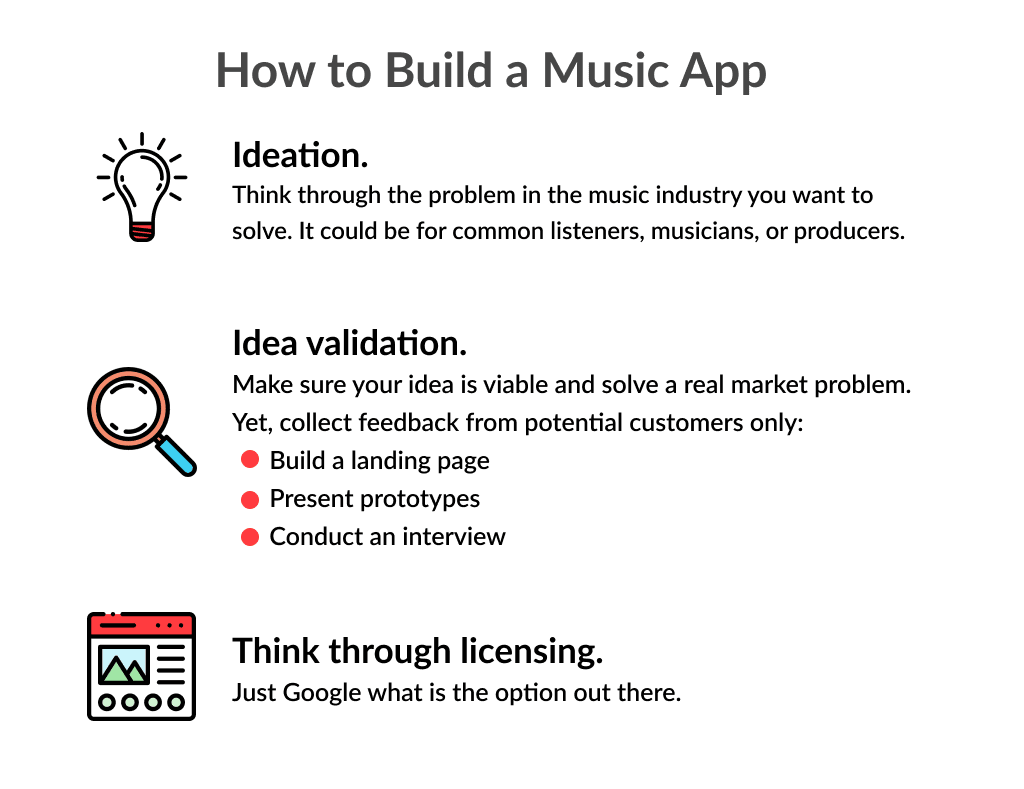
Technical Build and Integration
There are three things that are essential in this part of how to create a music app.
- Features (Basic and Advanced)
- Team Composition
- Tech Stack
For the MVP or most viable product launch, you need to look at the basic features.
| Feature | Motive and Number of Hours |
| Sign up and Sign In | Let the users create their profiles by connecting the application account with Email, Google or Facebook. This reduces the number of steps required to register. With this, the user’s name and other information will be automatically retrieved and saved. |
| Number of Hours: 32 | |
| Create and Edit Profile | Every user on your application must have a unique user profile. This helps create a personalized list of preferences and also allow the application to provide specific song recommendations. But the recommendation part comes with the inclusion of Artificial Intelligence. Without AI, a user profile can help create playlists. |
| Number of Hours: 36 | |
| Music Storage | While learning how to create or build a music streaming app, do not exclusively focus on the streaming part. If you want to provide a better user experience ensure that you allow the users to store their phone’s music in the application. This way the users can listen to the music present on the phone. However, you should not include the offline songs saving aspect here. That is different. Here, you are giving the users access to the app’s music player to the user. |
| Number of Hours: 120 + | |
| Create and Manage Playlists | You should allow the users to create playlists according to their choice. Even though this is a basic feature, you can put a price tag on creating more than ‘n’ number of playlists. Not only creating the playlists, but you should also allow the users to edit and manage them as they want. Because listening to personalized playlists is one of the reasons why users will want to engage with your application. |
| Number of Hours: 60 | |
| Music Recommendations | In Spotify, we get pre-made playlists sorted according to the mood or event. You will see recommendations like mood booster, discover weekly, romantic, sad, productivity, workouts, top 50s, retro, and so on. Apart from recommendations you need to let the users search for their favorite music. This is a major feature of how to make a music app. |
| Number of Hours: 110 + | |
| Social Sharing | Music streaming apps can very easily convert to social sharing applications. While creating the sign up and sign in sequences, you have already connected the music application to user’s social accounts. Now, you must allow them to share the songs via mobile-based messengers or on their social media feed. Social sharing is yet another way to help the music enthusiasts share their preferences with others. However, take note that the user can share the music with a single click. |
| Number of Hours: 15 Hours | |
| Push Notifications | Push mobile notifications might not have a great benefit in music streaming applications, but they help create a better user experience. You can tweak the application to send notifications about new songs, albums or artist arrival. Also, if the application has social sharing, you can also link the user account with his/her friends and send messages about the playlist they are creating or songs they are listening to. |
| Number of Hours: 30 to 40 hours |
These are the basic features that you know about while learning how to create a music streaming app. 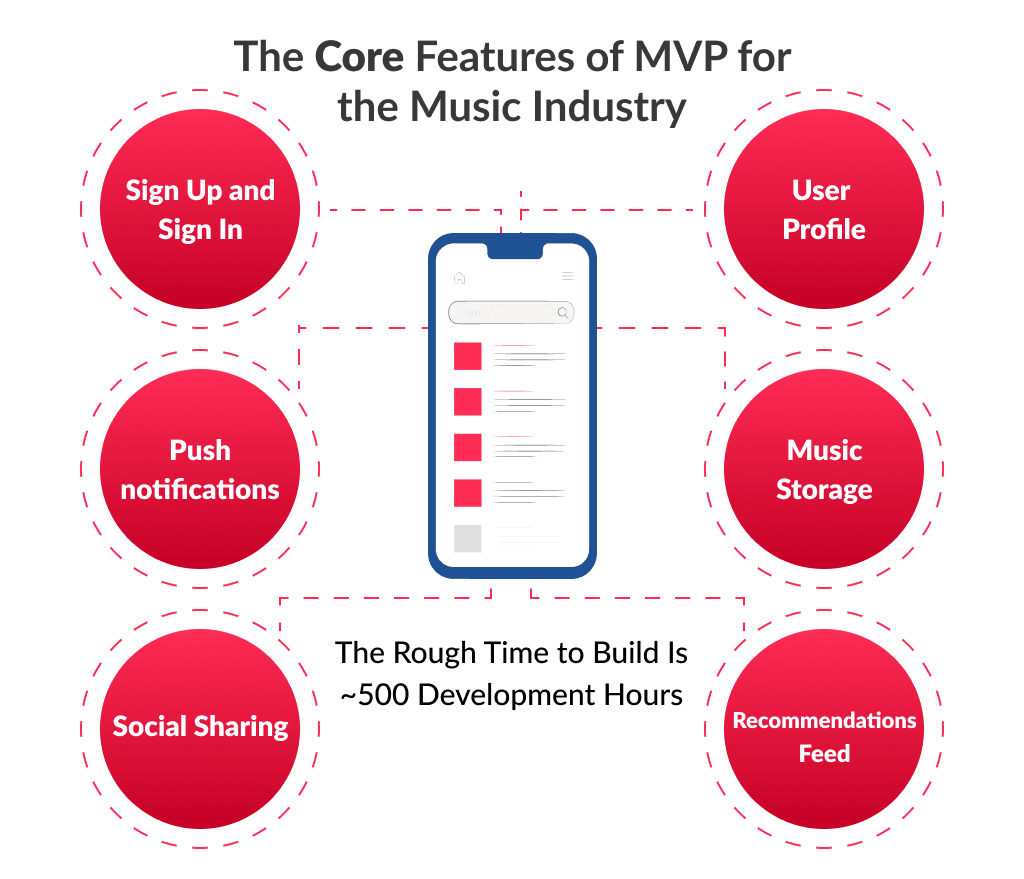
But, if you want to give the well-set players a run for their money, you must add some advanced level features in the application.
These are the features that will amplify the user experience and lend a whole new level of functionality.
Yes, the cost and time taken for the music app developers to include these will be higher.
But, you can learn how to make a music and song playing app with the advanced features now and integrate them later while scaling.
So, here is a list of advanced features in a music app.
| Feature | Motive and Number of Hours |
| AI Music Recommendations | An embedded AI feature will read the user’s history and preferences ((learn more about AI terms in our AI glossary)). Based on these observations, it will provide songs and album recommendations. Interestingly, you get a personalized message on Spotify as “For Martin”. This is what we want you to build. Not only this, but there are recommendations that match your song history. |
| Number of Hours: 150 | |
| Admin Panel | The Admin Panel will give more control to the artists over their content. They can track and monitor their track’s popularity and listening frequency. This will also help the budding artists understand how to tweak their music according to the audience’s preferences. |
| Number of Hours: 40 | |
| Design Customization | Here again, it is about creating a better user experience using an app design. While navigating through how to make a music app, you can enable the users to customize their pages and layouts. This feature can be extra useful to the artists who can upload their content on the platform. |
| Number of Hours: | |
| Track Uploads | Almost all the advanced features in how to create a music app with better accessibility are beneficial to the artists. This time, you can allow them to add their tracks. The adding own tracks feature can work in sync with other features like admin panel and design customization. At the end, you will be giving your artists and users a better platform to express, share, and monetize their music. |
| Number of Hours: 50 hours | |
| Offline Access | This is not a feature to add in the free version. Offline access means that you are allowing the users to download their favorite songs on their mobile phones. Once they are able to do it, they might not even open the application to listen to the downloaded songs again. But, such a feature brings better traction and acceptance from the audience. |
| Number of Hours: 60 hours | |
| Live Streaming | Remember our Tridal example in the above sections? Tridal has this feature through which the users can stream their music live. The listeners can join in on the live stream and enjoy the music. So, this is an advanced feature the music app developers need to understand. |
| Number of Hours: 200 + |
Adding the requisite features in your application and making it a better alternative requires the collective intelligence of a great team.
What kind of team is better suited for how to create a music and songs streaming app is important to understand? 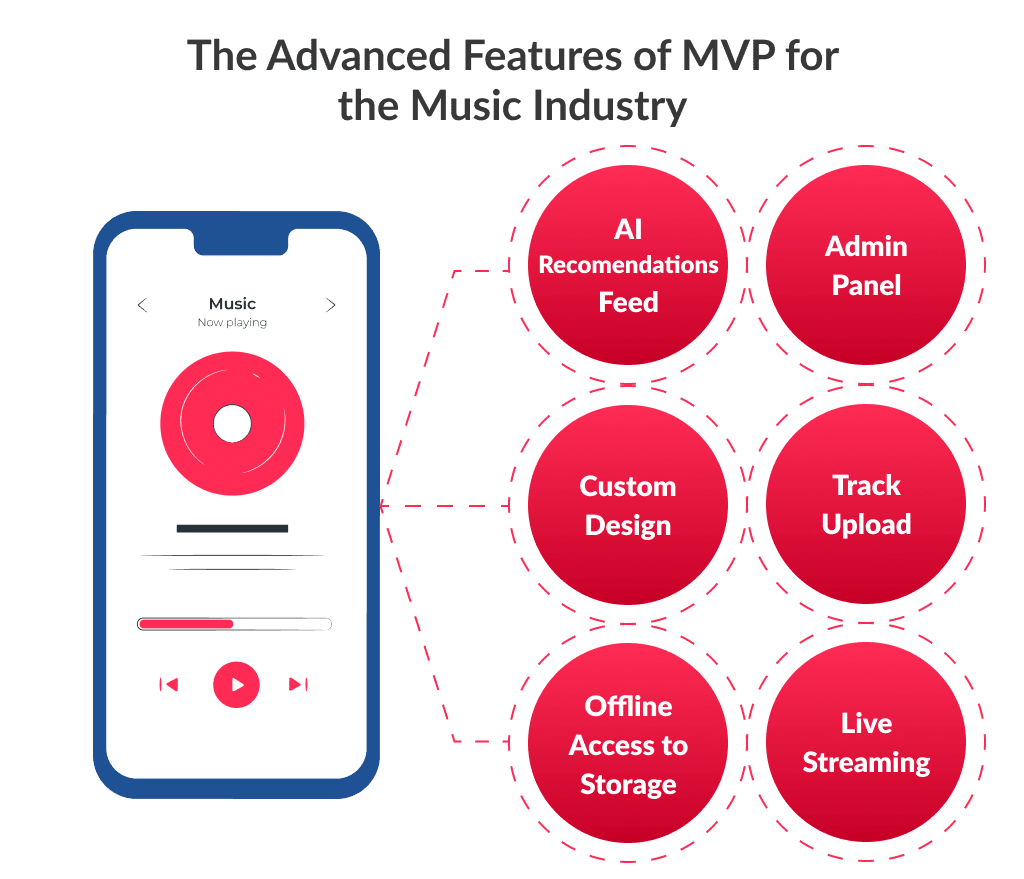
How to Create a Music App | Team Requirements
This is not a one-man job.
You need to hire and consult several specialist professionals.
This includes:
- Business Analyst (1) for Market Research and Competition Analysis.
- Project Manager (1) to ensure apt development methodologies and delivery.
- UI/UX Designer (1) to create the layouts and build the ultimate design based on user preferences and ease of access.
- Front end Developer (1) to work on the client-side aspects of development and create the user interfaces.
- Back end Developer (1) will help create the server side features and functions of the application.
- Quality Assurance Engineer (1) to ensure adequate application functionality and testing it under all the environments.
Based on the team requirements of how to create a music streaming app, you can figure out that several people come together.
To deliver the task successfully, you need the right people who are experienced, smart, and tech-agnostic.
Unleash AWS's Full Potential with Our Developers.
This calls for a way to identify a reliable partner.
Adopt a method that helps separate the wheat from the chaff.
Moving forward from the team of music app development towards the tech stack. 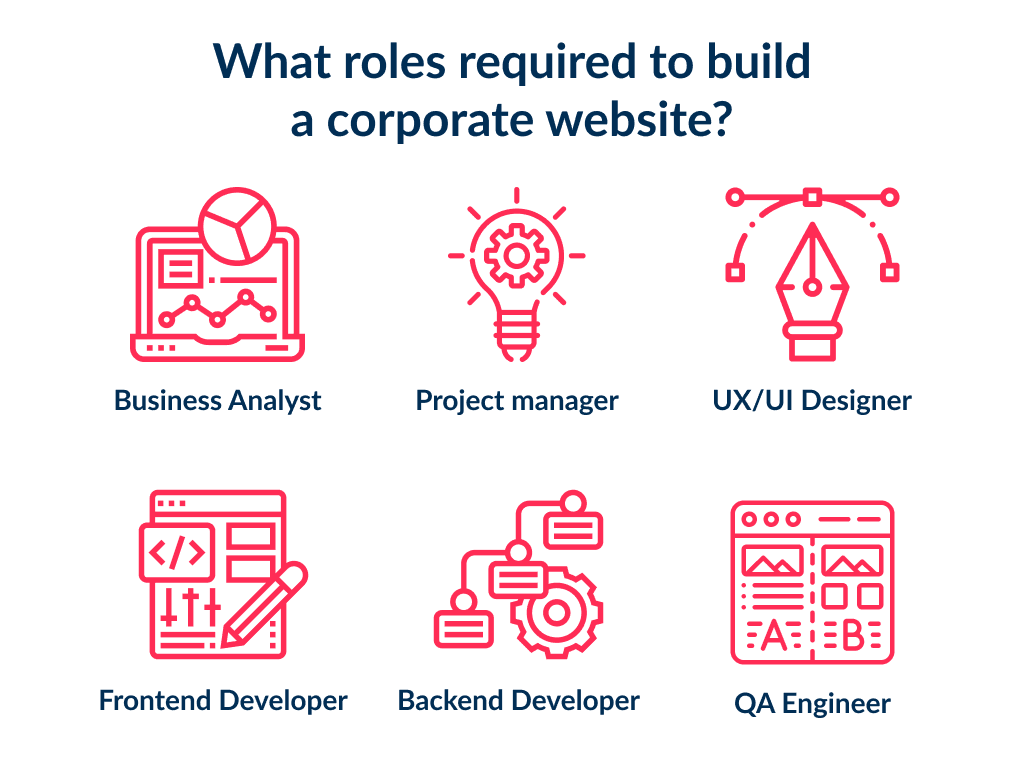
Tech Stack to Build a Music App
A tech stack is the common term used to designate specific development and designing technologies that help create a great application.
By identifying the technical stack, you are not only creating a way forward, but increasing your chances to hire the best team.
Here is the tech stack to build a music app.
| Function or Feature | Technology Used and Benefit |
| Project Requirements | We use G-Suite as it proffers;
|
| Prototype and Design | It is better to use Figma as it helps create bespoke design without writing a single code. |
| Hosting | AWS is a preferred choice for application hosting as it;
Discover the strengths and weaknesses of Digital Ocean, AWS, and Google Cloud to find your ideal match. Selecting the right hosting solution is key to your SaaS success. Learn about the best options in our guide to hosting for SaaS. |
| Server Architecture | For an MVP version, we need at least four types to completely understand how to create a music streaming application.
|
| Coding | For back end coding parts, it is better to work with Laravel. Discover the best Laravel tools and resources for developing robust web applications However, the front end coding part is best if done with React.js Our guide to the cost to hire a React.js developer explains everything from hourly rates to experience levels. You can also include Amazon S3 for cloud-based streaming. This article on the cloud migration discovery phase outlines the key steps for a successful migration. |
| Payment | Use PayPal or Stripe for quick and one-click payments. |
| Geolocation | For iOS it is better to use Core Location and for Android, work with Google Location. Feel free to explore these best iOS app development tools that simplify the iOS app development process. |
| Testing | Make sure to integrate GraphWalker to conduct model-based tests. |
The tech stack under how to make or build a music app is highly advanced and extensive.
You can expect to create a user-friendly, smooth, fast, and extensible application.
Struggling to pick technologies for your project? Discover how to choose a tech stack with our expert advice.
We are coming to the end of our guide on how to create a music streaming app.
After discussing the business and technical part, it leaves us with only and most probably the thing you want to hear, costs.
So, what does it cost to make a music streaming app?
Well, it depends on the number of hours required to build the application.
Find the hours table and type of team you can get to build your application table ahead.
Budgeting App Development Costs
There are three kinds of music app developers you can hire to build your product.
- Local US Agency
- Freelancers
- Outsourced Agency in Ukraine
The per hour rates of these developers are different, with the US agency charging the highest and freelancers taking the lowest rate.
But, before we discuss their pros and cons, let’s identify the total number of hours for how to make a music app.
| Development Aspect | Number of Hours (frontend and backend operations included) |
| Features Integration | 500 |
| UI/UX Design | 430 |
| Back end and Front end Development | 150 |
| Quality Assurance | 300 |
| Project Management | 225 |
| Total | 1605 |
For efficient task handling, here are the best project management software options available today.
So, an estimated number of hours for how to create a music app are 1600.
Now, let’s figure how to create and cost a music streaming app via different music app developers.
| Type of Team | Who They Are and How Much They Charge? |
| Local US Agency | A local US agency will have a team of US-based designers and developers who will help you create an amazing application. They are adept professionals with apex communication skills and ability to deliver the product perfectly. The hourly rate of a US-based app developer is $150. So, for a work of 1600 hours you are looking at the cost of $240,000. That is way too high of a cost for an MVP version of a music app. |
| Freelancers | Freelancers have no associations and they are ready to work at your pace and speed. You can get a ton of freelancers from platforms like Toptal and Upwork. Moreover, the hourly rate of a freelance developer is averaged at $25. That is 6 times less than what a US agency developer charges. If you find the right freelancers who know how to create or structure a music streaming app, you will have to spend much less. To be precise, the cost is $40,000 only. But freelancers are not reliable and they may also delay the work to a great extent. Plus, it is not easy and conducive to manage a team of freelancers. |
| Outsource to an Agency in Ukraine | Agencies situated outside of the US offer similar expertise and deliverability at a much lower cost. The average hourly rate in Ukraine is $35. Within this price, you can obtain an application that has the same level of smoothness, accessibility, and finish as that of a US agency. With SpdLoad, the probable cost to build a music streaming app can be $56,000. The cost here might be a bit more than freelancers, but you only have to manage one person, that is, the project manager. |
Learn about the key factors that influence app development costs and how to budget effectively for your project.
So, now that you understand how to create or make an app to play music, it’s time to wrap up the article. 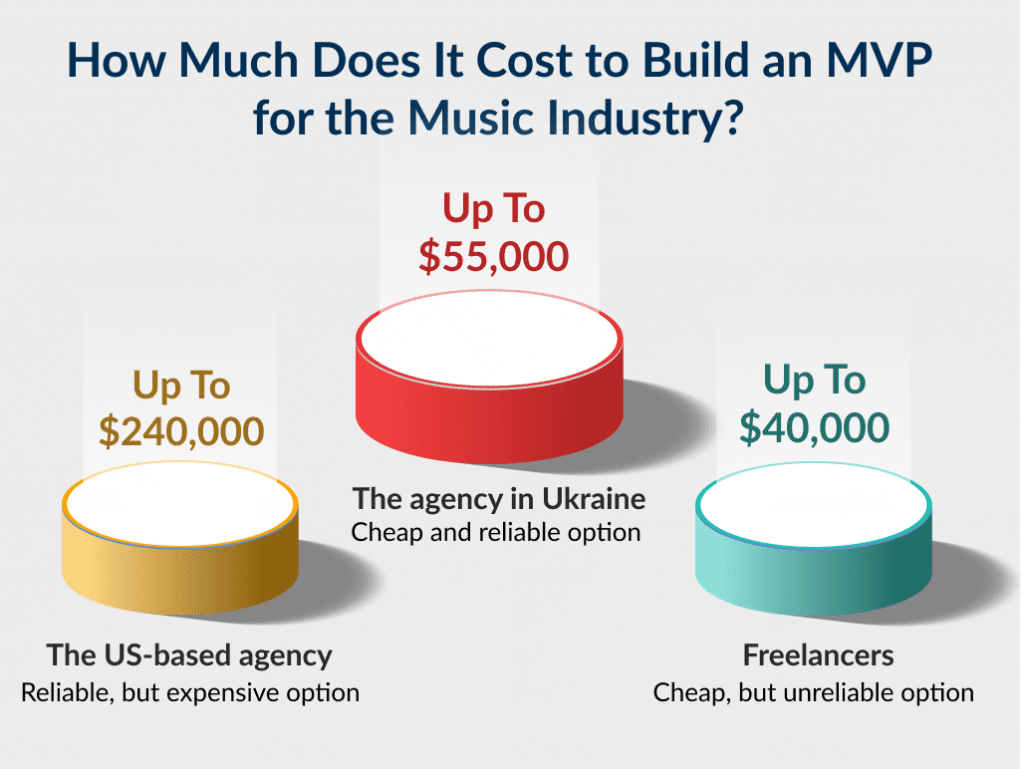
Want to Develop Your Own Music App?
The music app industry shows no signs of slowing down. As technology improves, so too will streaming services. Now is the time to capitalize on this growth and evolve with listener demands.
With expertise in building music platforms like NoticeSound, our team has the real-world experience to guide your app to success. We understand the technical aspects of building robust music apps and how to set our clients up for real-world victory.
If you have a concept for the next hit streaming platform, get in touch today.





